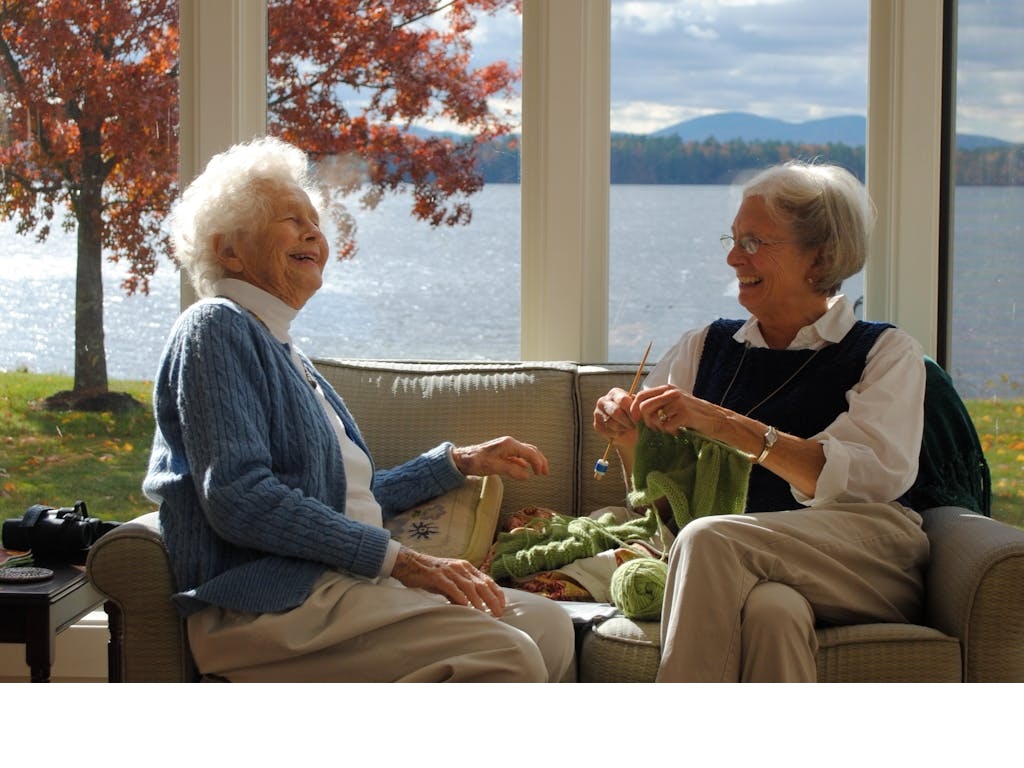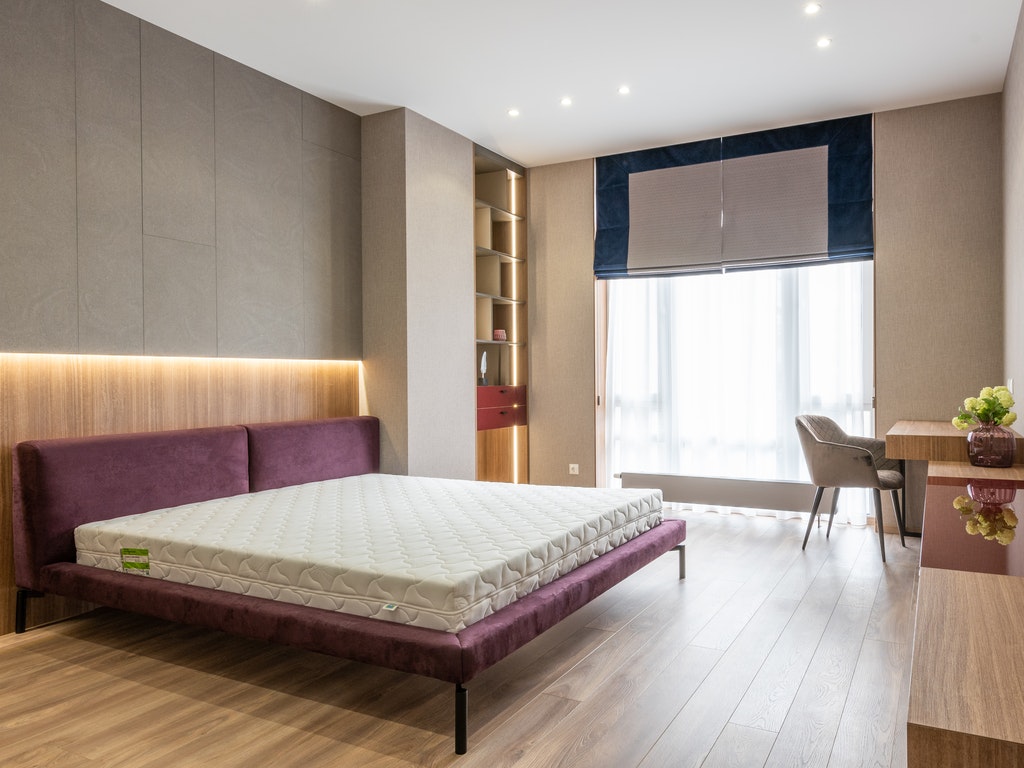
Transforming a house into a home is an art; carefully selected furniture helps achieve that vision. With the power to elevate spaces, add comfort, and reflect personal style, furniture selection is an exciting yet overwhelming endeavor. Fear not; we are here to guide you through this captivating journey. Read on for expert tips for assessing drawers, cabinets, and hardware.
Familiarize Yourself with Different Types of Wood
Wood furniture can be categorized into three main types—solid wood, veneers, and particle board or composite wood.
Solid wood furniture is known for its high-quality appearance but can be prone to scratches and water rings, making it more expensive. Conversely, veneers have a less expensive wood base covered with thin layers of higher-quality wood. Due to the cost-effective core, veneers are more affordable than solid wood pieces.
Assess Drawers and Cabinets
Examine the functionality of drawers and cabinets. Ensure the drawers can be fully extended, latch properly, and close evenly. Similarly, check the doors to see if they open smoothly and stay in an open position without abruptly closing. Pay attention to the handles and knobs, ensuring they fit securely without any looseness or turning.
Prioritize Wood Joinery Over Nails and Glue
Look for furniture with the wood joined at the ends and corners rather than relying solely on glue or nails. This technique, known as wood joinery, results in sturdier furniture that can withstand more weight. You can refer to resources like Wood Magazine’s “Basic Woodworking Joints” for examples of different joinery methods.
Consider Your Lifestyle when Selecting Colors and Fabrics
Tailor your color and fabric choices to match your lifestyle. For instance, if you have a lively pet or young children who frequently climb on furniture, opting for dark colors and stain-resistant fabrics like linen or tweed would be more practical. These choices can better withstand wear and tear.
Adopt a Realistic Approach to Colors
While it may be tempting to go for bold and vibrant colors, it’s wise to exercise caution, especially with larger and more expensive furniture pieces. Neutral colors are safer for those long-lasting items, allowing you to introduce bolder colors through decorative pieces. This approach ensures versatility and avoids potential regret if your color preferences change over time.
Inspect the Legs for Durability
Pay attention to the legs of sofas or chairs. Sturdy, wooden legs joined to the frame indicate better quality than nails or less durable materials like plastic, rubber, or metal. Avoid nailed-in wood legs as well. For sofas with a higher price range, look for a fifth leg in the middle, as it provides additional support. Cheaper sofas typically lack this feature.
Check the Springs for Comfort
Consider sofas with traditional coiled springs if you prefer a firmer seating experience. Alternatively, zigzag coils are a suitable option if you desire a softer feel. Before purchasing, remove the cushions and press down on the sofa’s base. The coils should depress and immediately bounce back into place.
Evaluate the Cushions for Longevity
Look for firm cushions with a removable cover that matches both sides. Firm cushions tend to maintain their shape and resilience over time. While fully covered cushions may cost slightly more than those with a pattern on one side and a plain backing, they are reversible. Flipping them periodically ensures even wear and an extended lifespan. Additionally, seek removable covers that are easy to wash, providing convenience for maintenance.








